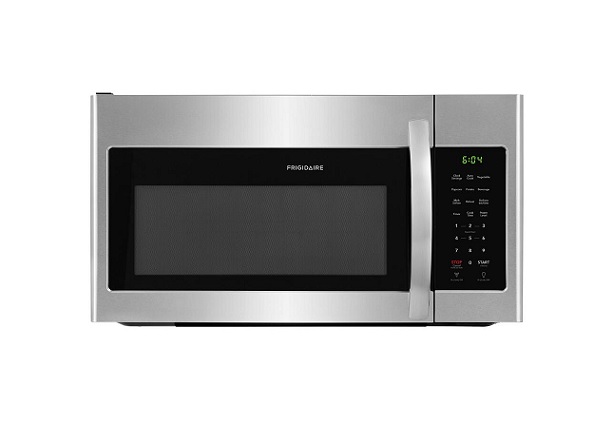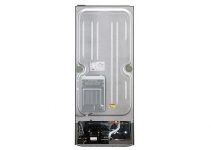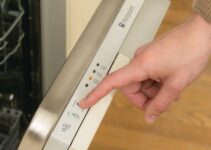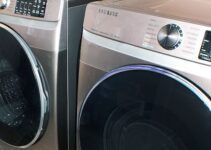Getting a Frigidaire microwave is often viewed as a good investment by some. Being able to heat-up meals or even defrost frozen food, with only a click of a button, and at an affordable cost also is truly a blessing for the common man. But like any machine, there is always the chance that it might stop functioning.
For instance, the Frigidaire microwave is not heating. So, what happens then? Especially after the warranty time has been exceeded. Should the microwave just be discarded, or better yet, is there an easy fix for what seems like an insurmountable problem?

Keep reading to find out why your Frigidaire microwave is not heating and easy fixes to get it back to working condition.
Frigidaire Microwave Not Heating: Common Causes
Problem with The High Voltage Diode
The high voltage diode is a device within a microwave that provides power to the magnetron, which is the source of the heat needed to warm up food and beverages. It works by converting alternating current (AC) to the necessary direct current (DC). This increases the voltage power by twice its normal value, increasing it to about 5,000 volts. Thereby supplying enough power to the heat supplying magnetron.
Door Switch Inoperative
The door switch, usually described as interlock switches, initiates the distribution of power to the different elements that make up the microwave when the door is closed. Once the door is open, the signal is cut off, and power distribution ceases. Although other parts may work fine once the door switch is inoperative, no signal is sent to the magnetron to begin its heating process. Hence, the reason why the door switch might be the reason behind the microwave, not heating.
Faulty Magnetron
The magnetron is the component that generates the microwaves that provide heat within the device. There are various reasons why the magnetron of a Frigidaire microwave might fail; unlike other faults, a faulty magnetron can be identified by sight, smell, and the use of a multimeter. The reasons include:
- Cracking magnets: Either from damage to the magnet or even over-heating, cracking magnets lead to a reduction in the magnetic field and eventually the ceasing of magnetic fields.
- Burned-out terminals: Occurs when the magnetron is exposed to direct voltage due to the insulator failure.
- Burned out antenna: Caused by the constant reflection of microwaves.
- Loose Connection of Magnetron: The loose connections lead to a buildup of high resistance heat. This heat burns out several other parts around the magnetron.
Frigidaire Microwave Not Heating: Tips to Fix The Problem
Replace the High Voltage Diode
To confirm if the problem stems from the high voltage diode, a multimeter must be used to test its continuity.
Diodes are reverse-biased. This means that the reading on the multimeter changes in either direction. This occurs whenever the test leads are interchanged between the cathode and the anode. This depends on the position on which the test leads are placed. If the readings go in the same direction, even when the test leads are interchanged, then the high voltage diode is faulty.
If this is the case, then a replacement is needed as soon as possible. But before that test is carried out, precautions must be followed. This includes making sure the device is switched off, and the plug is removed from the socket.
Acquire a Working Door Switch
Door switches are activated by hooks or latches within the door. To determine whether the problem lays with an inoperative door switch, a multimeter is used to test the continuity of the terminals within the door switch mechanism. Wires connected to the switches are connected to terminals labelled common (C) and normally open (NO). To test for continuity, the actuator button is pressed down. If the reading comes back as 0, this indicates that there is no continuity, therefore there is a need to replace and acquire a working door switch. As earlier stated, precautions must always be taken before any testing is done. To avoid any accidents due to electrical shocks.
Purchase a New Magnetron
Upon locating the magnetron, the two wires attached to it are disconnected. The two leads of the multimeter are then connected to the magneton terminals to test for continuity. The acceptable range of continuity between the terminals should be between 2-3 ohms. If the resistance reads 0, this indicates the need for a new magnetron.
In that same vein, there should be another continuity test. This time between the magnetron terminals and the grounded outer case. If there is an indication of continuity, then the magnetron should be replaced. Also, if any of the following are observed, then the magnetron needs to be replaced;
- No heating
- A Burning Smell
- Arcing sounds
- Snapping sound
It must be understood clearly, that all precautions are taken before any electrical testing is carried out.





